7-minute read
keywords: neurobiology, psychology
This is the conclusion of a trio of reviews on communication in (non)human animals. The previously reviewed The Voices of Nature and Why Animals Talk offered, respectively, a foray into animal bioacoustics and a thought-provoking answer to the question of why animals need to talk in the first place. Though highlighting that we routinely underestimate animals, both books also agreed that human language really is unique and unlike anything heard in other species. So, what is all of our chatter good for? Talking Heads argues that conversation is the glue that bonds us together as the hypersocial animals that we are; a process by which we co-create cognitive realities such as collective memories, cultures, and, if neuroscientist Shane O’Mara is to be believed, even countries.
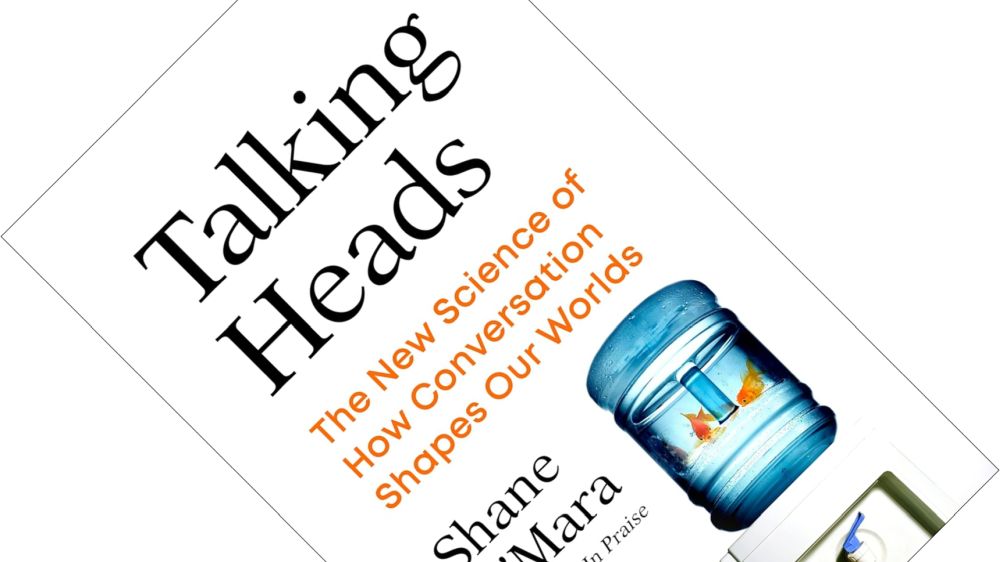
Talking Heads: The New Science of How Conversation Shapes Our Worlds, written by Shane O’Mara, published by The Bodley Head in August 2023 (hardback, 240 pages)
What the title of the book does not immediately reveal is the other important ingredient of human language: memory. To have meaningful conversations we draw on (shared) memories. To demonstrate just how fundamental this is, O’Mara opens the book with the case of patient H.M. (his full name was Henry Molaison) who became the most tested patient in the history of psychology. After a childhood accident left him suffering from epileptic fits, he underwent experimental brain surgery in 1953 that relieved his epilepsy but caused permanent amnesia, leaving him unable to form new long-term memories. It also made it impossible to have any meaningful conversation with him.
The first few chapters set the stage by going into the basics of both conversation and memory. For example, what is conversation? At its simplest, it is a dialogue between two people that involves taking turns speaking and listening. In addition, we have an internal conversation, a monologue with ourselves, that psychologists started to access via introspection, then self-reporting, and lately also brain scans. One interesting finding is that our description of what we experience in the moment is often rather different from our subsequent evaluation of that experience. O’Mara gives a memorable quote from Daniel Kahneman: “I am my remembering self, and the experiencing self, who does my living, is like a stranger to me” (p. 58). Much of our conversation involves readily sharing personal details and experiences, and we expect the same from our conversational partners, in the process building connection, understanding, and trust. That, of course, draws on memories. A core idea O’Mara posits here is that “a key function of our memories is intimately supporting social communication” (p. 43). However, our memory is notoriously unreliable: it does not record the world as if it were a video camera, we tweak and update it constantly in conversation with others. This list should give you a decent idea of the basics that O’Mara covers here.
The thrust of Talking Heads is that all this chatter allows us to live hypersocial and highly interdependent lives that see humans create all sorts of cognitive realities and entities. Three of these merit further exploration.
“No mind is an island and our recollections depend on the people around us.”
First is that conversation allows us to form collective memories. In yet another example of O’Mara subtly teaching you about the history of his discipline, he invokes psychologist Sir Frederic Bartlett who almost a century ago showed that memory is about more than just reciting bare facts; there is a strong social side to it and we are compulsive storytellers (something scientists need to be reminded of to this day). No mind is an island and our recollections depend on the people around us. Sociologist Maurice Halbwachs coined the term collective memory for it. So where is memory located then? Two quotations characterise the essence beautifully, I think. First is O’Mara’s general observation that “memory emerges from the interaction between the brain and the world” (p. 95). And, regarding cultural knowledge specifically, he adds that it “resides within the brains of the members of that society, but emerges as the result of interactions between members of that society” (p. 102).
This bridges nicely to the second cognitive reality birthed by our conversations: culture. In a few places, O’Mara reaches back to his opening gambit about amnesia and asks you to imagine that you, or your society, became amnesiacs overnight. How would you pass on any information and customs to the next generation? You could not. This is more than just a goofy thought experiment: O’Mara only has to point out the archaeological record which is full of signs and symbols that have become uninterpretable and illegible. They have, in the words of neuroscientist Erik Hoel, become epistemologically inaccessible to us. The take-home message is that, for culture to survive over time, you need living, remembering people who engage in conversations. Though O’Mara largely sidesteps any comparisons to animals in this book, I feel it would be remiss of me not to mention the hotly debated topic of culture in animals, with answers ranging from “no, they don’t” to “yes, they do“.
O’Mara’s third and most ambitious proposal is “a neuroscience of nation building” (p. 19), the idea that even nations started as conversations. I admit that it has several things going for it. O’Mara agrees with influential political scientist Benedict Anderson that nations are imagined communities: they are cognitive constructs that we imagine together. Nation building involves mental time travel to agree on a shared past and future, appealing to both our memory and our imagination. Nationalist sentiments seem to arise readily given our tribal nature and are a familiar example of a powerful story. Though it unites people, it is easily abused by politicians which is dangerous in light of the abovementioned malleability of our memory. He contrasts nationalism with the historian’s craft as instead being a national identity project that is intolerant of ambiguity and counterevidence, and that seeks to protect social identity at all cost, disregarding information that threatens it. O’Mara concludes with a powerful warning: stories of our past are just that, stories, and they primarily serve to buttress our membership of social groups in the here and now.
“O’Mara’s third and most ambitious proposal is […] that even nations started as conversations. […] they are cognitive constructs that we imagine together.”
That said, as with any ambitious proposal, this one is open to criticism. O’Mara admits early on that writing this book was “an exercise in exclusion” (p. 19), necessarily simplifying some things and omitting others. Though I am not familiar with the literature, I am sure that fields such as sociology, anthropology, history, economics, and political science have a thing or two to say about nation building. Furthermore, he makes a few statements about the emergence of nations (that they require the loss of authority of scriptural language and biblical texts, as well as the erosion of the divine right of kings) that sound narrowly Eurocentric to me. Did nations not arise elsewhere and at earlier times without the loss of religion? What even counts as a nation and when did this process start? Not offering a definition of a nation seems an oversight.
Overall, Talking Heads is an intriguing book that is strongest on the psychology and neuroscience of conversation. I especially enjoyed the frequent callouts to the history of the discipline. I think he makes a strong case that conversation is an underappreciated facet that powerfully shapes many aspects of our lives. Especially his argument that “the intensive focus on memory as a personal phenomenon […] causes us to miss these larger [social] perspectives” (p. 175) is well taken. However, when it comes to explanations for some of humanity’s cognitive projects such as nations, conversation strikes me as, well, only one of several narrative strands that would need to be considered.
Disclosure: The publisher provided a review copy of this book. The opinion expressed here is my own, however.
Other recommended books mentioned in this review:
__________________________________________________________________
__________________________________________________________________
__________________________________________________________________
__________________________________________________________________

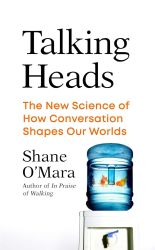
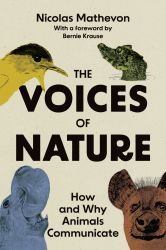
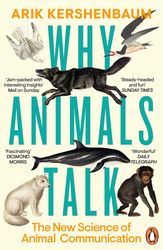
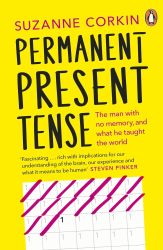

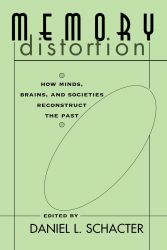
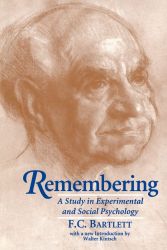
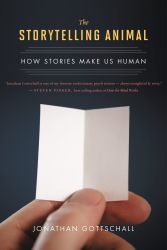
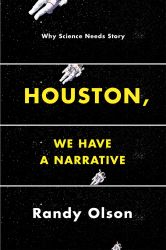
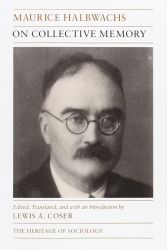

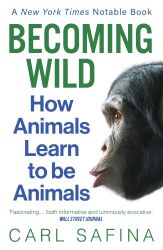

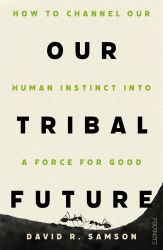
2 comments